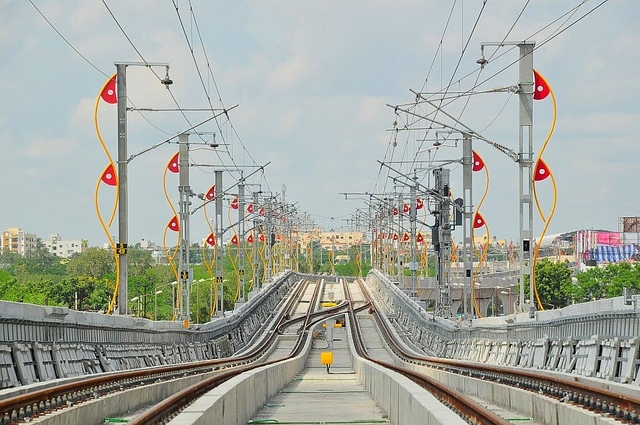
Data Story: All The Metro Projects That Are Operational, Under Construction, Approved, And More
Around 663 km of metro lines have been made operational in India.
Metro projects for many tier-II cities have also been approved.
Here’s what you should know about all the metro projects in the country.
With the commissioning of the Kochi Metro’s much-awaited 5.65-kilometre (km) long section between Maharajas College and Thykoodam earlier this month, around 663 km of metro network has become operational in India.
Over half of this network, nearly 344 km, is in Delhi and the National Capital Region, which got its first operational line in 2002. Since then, 11 other cities — metropolitans and state capitals — have built and operationalised metros.
Apart from Delhi, Kolkata (the first city to get a metro) and Kochi, metro stretches of varying lengths are now operational in Chennai, Bengaluru, Hyderabad, Lucknow, Jaipur, Gurgaon, Mumbai, Noida, Ahmedabad and Nagpur.
Around 400 km of this network has been completed in the last five years.
The government has doubled-down on its efforts to extend the metro network in cities that have operational stretches, and to others that have none. It has raised budgetary allocation by over 250 per cent to Rs 42,696 crore in the 2015-18 period from the previous Rs 16,565 crore allocation for the 2012-15 period.
Delivering her first budget speech earlier this year, Finance Minister Nirmala Sitharaman had said that the country will need to spend Rs 100 lakh crore on infrastructure by 2024-25 as India aims to become a $5 trillion economy.
A large part of this fund is likely to flow into metro and other rapid transit projects. Currently, more lines are being added to the existing network in 13 cities, and the first stretches are being built in two more cities — Bhopal and Indore.
Around 706 km of metro lines are under various stages of construction.
Even as construction continues at an unprecedented pace in most of these cities, new lines and extensions — at least 295 km in total — have also been approved for Lucknow, Delhi, Ahmedabad and Jaipur metros, among others.
Most of these extensions are expected to be up and running by 2025.
While metro services take shape in metropolitan areas, both the centre and the states have turned their attention towards tier-II cities. In these cities, rapid transport can be constructed today at lower costs, and before increasing population density due to urban sprawl makes the development of infrastructure difficult.
New metro projects have been approved for tier-II cities such as Patna, Agra, Meerut, Kanpur, Gorakhpur, Jammu, Surat and Nashik (which will be India’s first city to have rubber-tyred metro).
Among states, only Uttar Pradesh and Maharashtra have operational metros in more than one city. Uttar Pradesh has metro services in Lucknow and Noida, and Maharashtra has an operational network in Mumbai and Nagpur.
In Uttar Pradesh, metro projects have been approved for three new cities—Agra, Meerut and Gorakhpur. In Maharashtra, new lines are under-construction in Navi Mumbai and Pune, and projects for Thane and Nashik have also been approved.
In Madhya Pradesh, new metros are under construction in capital Bhopal and financial hub Indore. In neighbouring Gujarat, a metro line is operational in Ahmedabad and a new project for Surat—expected to be the world's fastest-growing city in the 2019-35 period—has been approved.